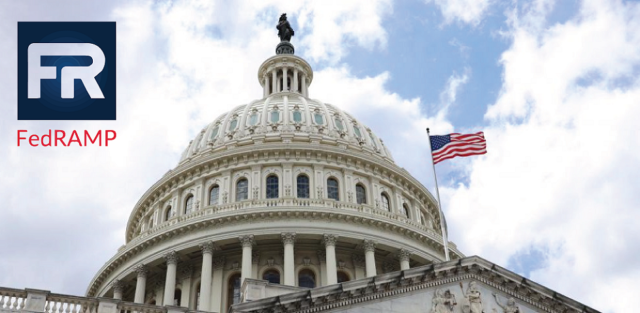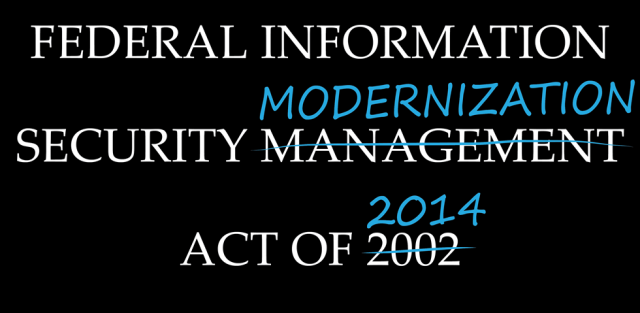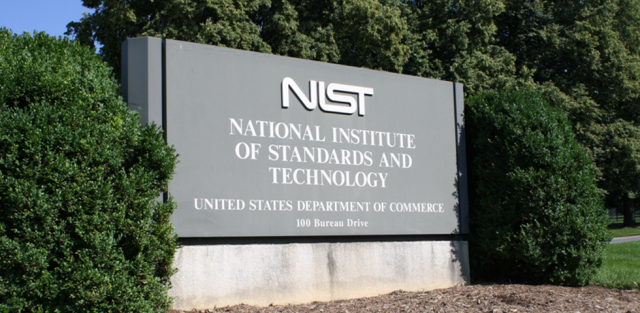After 11 years, FedRAMP is now the law

It’s not entirely clear if simply codifying FedRAMP will have a noticeable impact on the program or the way it operates, but nothing in the law suggests any effort to strengthen federal cloud security requirements.
 SecurityArchitecture.com
SecurityArchitecture.com




